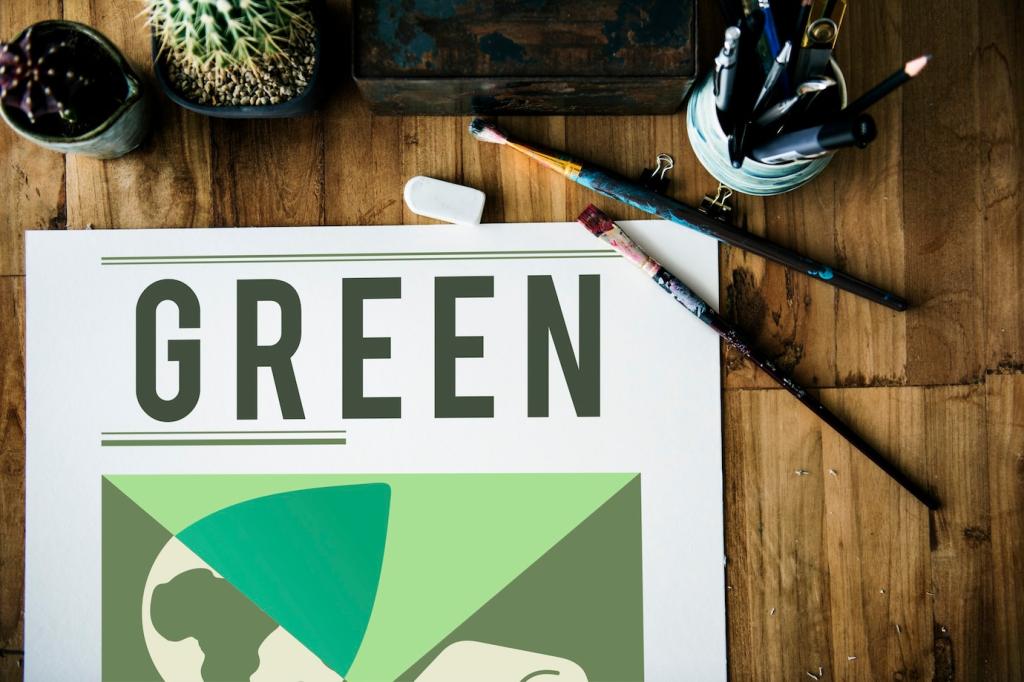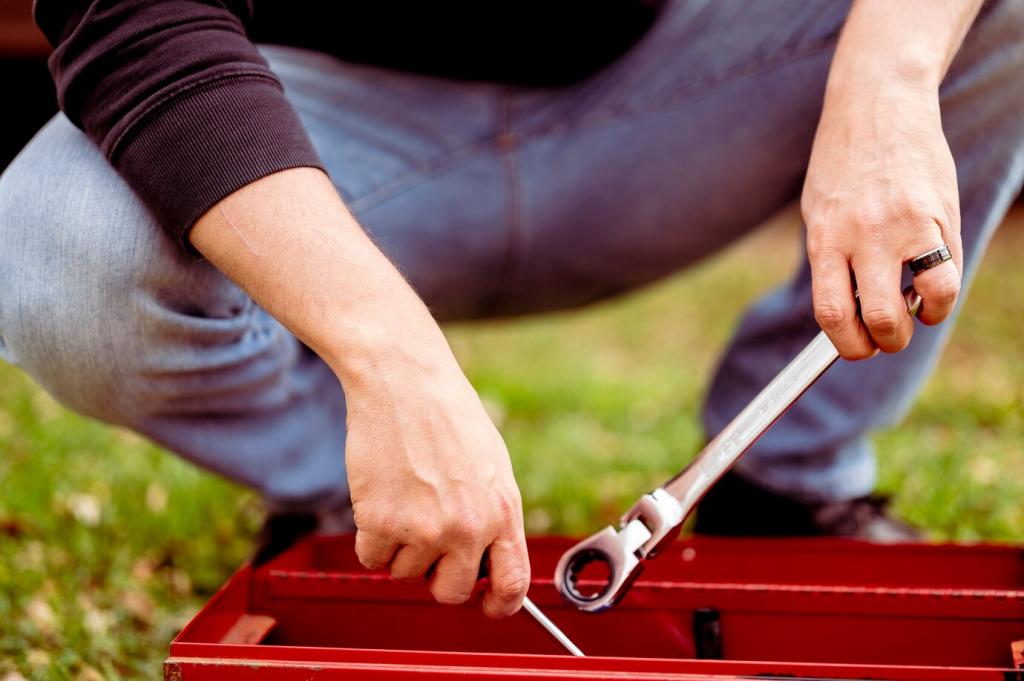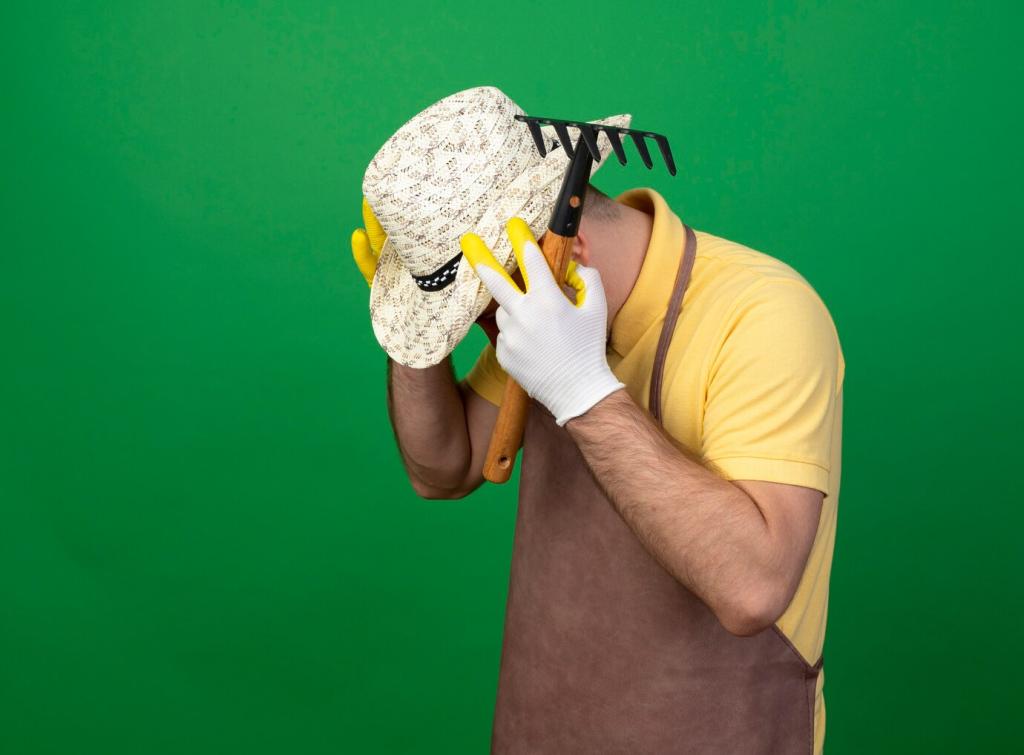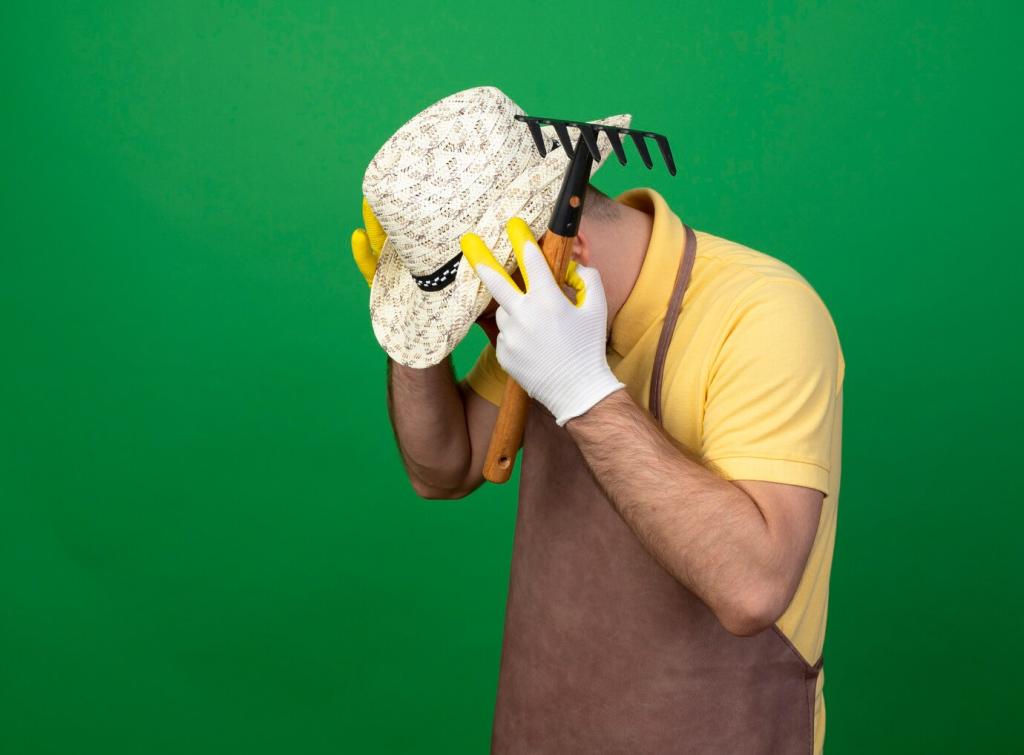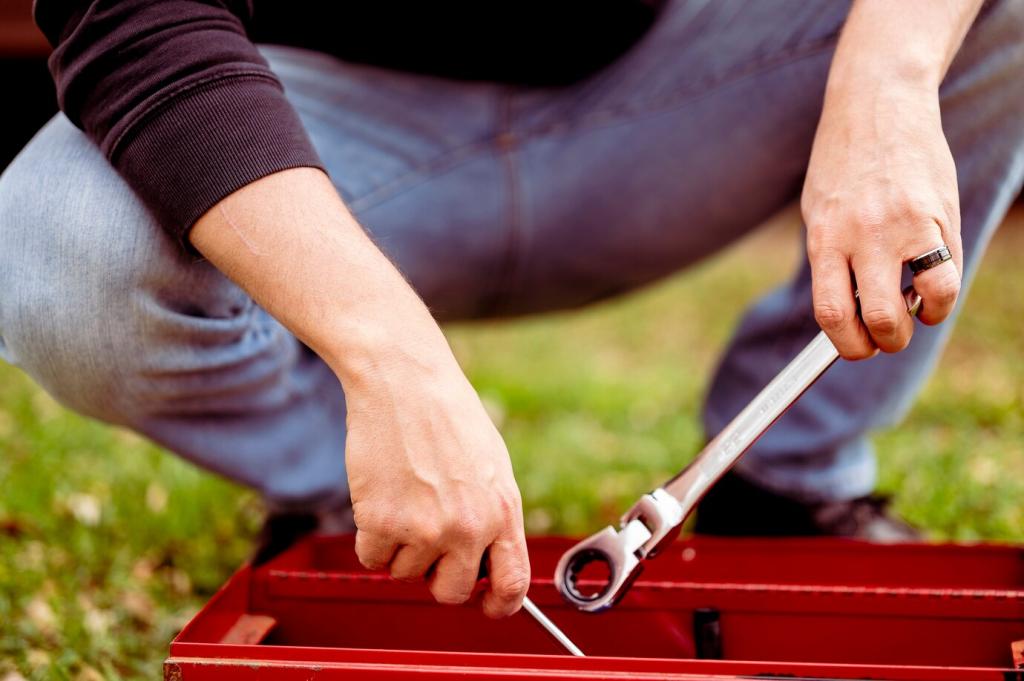Room-by-Room Dusting Strategies
Media consoles, frames, and open shelves catch daily dust. Start high on mantels and bookshelves, then move down to consoles. Use a dry microfiber for screens, and a damp cloth for cabinets. Share your shelf-order routine to help others streamline their weekly reset.
Room-by-Room Dusting Strategies
Where cooking meets airflow, dust can bond with oils. A mild castile-soap solution cuts residue on wood cabinets without harsh solvents. Follow with a damp wipe and dry immediately. Post your best range-hood dusting hack and subscribe for seasonal kitchen deep-clean guides.

